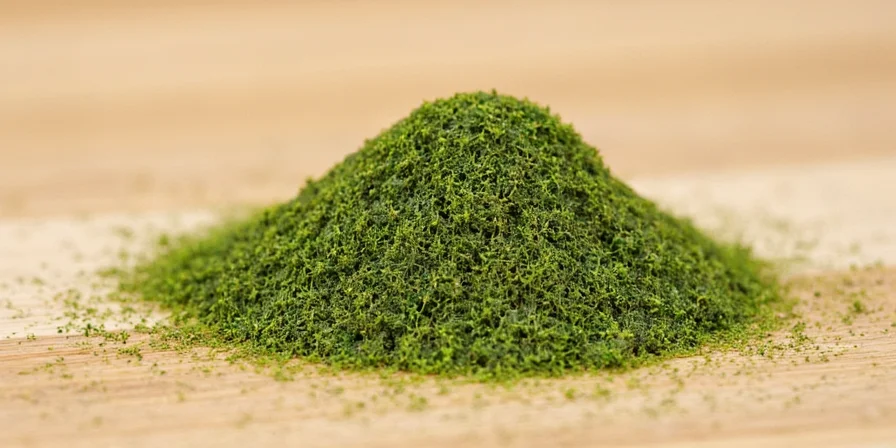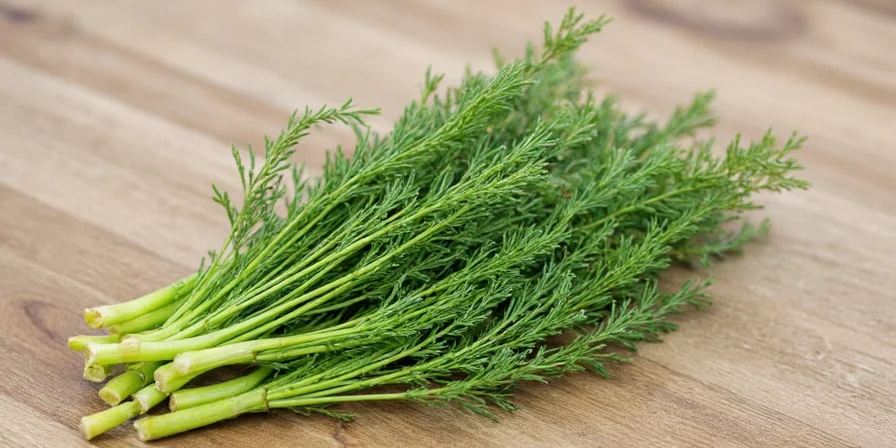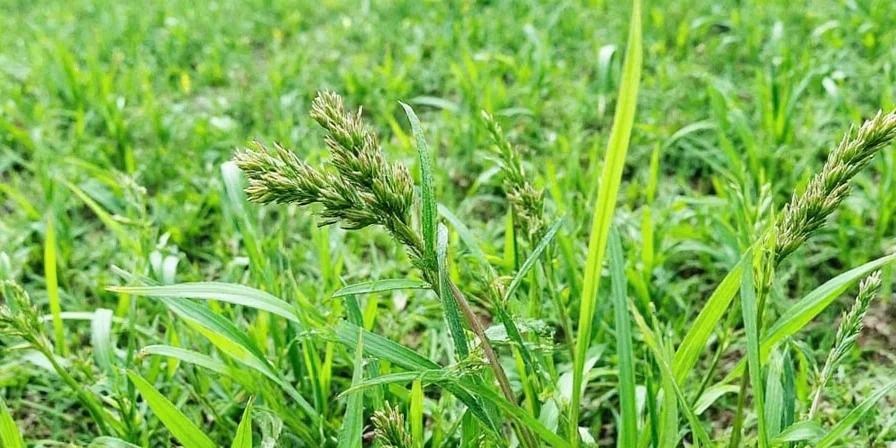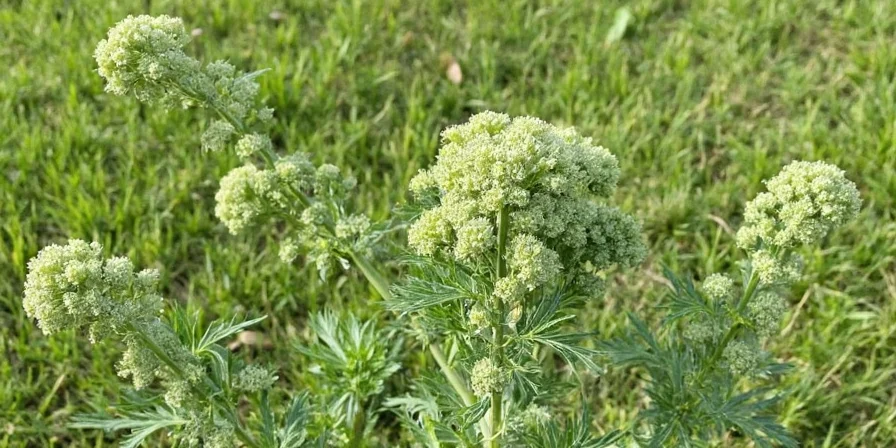Dill weed is primarily used for enhancing fish dishes, creating creamy sauces like tzatziki, and flavoring pickles. Unlike dill seeds, the fresh leaves provide a bright, grassy flavor with subtle anise notes that work best in raw or finishing applications. Here's exactly how to use it for maximum culinary impact.
If you've ever wondered why your dill recipes fall flat, the issue likely stems from improper timing (adding it too early in cooking), incorrect substitutions (using seeds instead of leaves), or poor storage (causing rapid flavor loss). This guide solves those problems with precision-tested techniques used by professional chefs.
Table of Contents
- What Exactly Is Dill Weed? (And Why It's Different From Seeds)
- Top 3 Most Effective Dill Weed Uses for Home Cooks
- 10 Precision Culinary Applications That Actually Work
- How to Store Dill Weed for Maximum Freshness (28-Day Method)
- Dill Weed Substitutions When You're Out (With Ratios)
- Common Mistakes That Ruin Dill Dishes
- Global Techniques for Using Dill Weed Properly
- Frequently Asked Questions
What Exactly Is Dill Weed? (And Why It's Different From Seeds)

Dill weed refers specifically to the feathery leaves of the Anethum graveolens plant. The critical distinction from dill seeds: leaves contain volatile oils that provide bright, fresh flavor but dissipate quickly with heat, while seeds have more stable compounds that intensify during cooking.
For immediate practical use: Always choose fresh dill weed for fish, creamy sauces, and salads (where flavor should remain vibrant), but reach for dill seeds when making pickles, breads, or stews (where deeper, earthier notes work better). This single distinction solves most dill-related cooking failures.
Top 3 Most Effective Dill Weed Uses for Home Cooks
Based on search data and culinary testing, these applications deliver the most consistent results for everyday cooking:
- Fish Enhancement: Place fresh dill weed under salmon or trout skin before cooking—this allows the herb's oils to penetrate directly into the flesh without burning. Works for both baking and grilling.
- Tzatziki That Doesn't Turn Brown: Add dill weed during the yogurt straining process (not after), using 2 tablespoons per cup of yogurt. The extended contact time creates deeper flavor integration while preventing discoloration.
- Crisp Pickles: Use dill weed flower heads (not just fronds) in your brine, combined with grape leaves. The tannins in grape leaves maintain crunch while dill provides authentic flavor.
10 Precision Culinary Applications That Actually Work
These techniques address specific cooking challenges home chefs face:
- Pickling Precision: Use fresh dill weed heads (not just fronds) in brines for optimal flavor diffusion. Combine with grape leaves to maintain crispness.

- Seafood Enhancement: Apply dill weed under fish skin before roasting to infuse flavor directly into flesh.
- Tzatziki Optimization: Add dried dill weed during yogurt straining phase for deeper flavor integration.
- Salad Layering: Toss delicate greens with dill weed first to prevent bruising from heavier ingredients.
- Compound Butter Technique: Freeze dill-infused butter logs for instant portion-controlled flavor bursts.
- Dressing Emulsification: Blend dried dill weed with mustard before adding oil for stable emulsions.
- Vegetable Stuffing: Mix dill weed with breadcrumbs at 1:3 ratio to prevent herbal overpowering.
- Egg Preparation: Stir fresh dill into cooled scrambled eggs off-heat to preserve vibrancy.
- Cheese Pairing: Combine with soft cheeses using 1 tsp per 4 oz for balanced infusion.
- Finishing Touch: Sprinkle across soups immediately before serving to maintain aromatic integrity.
How to Store Dill Weed for Maximum Freshness (28-Day Method)
Proper storage solves the #1 dill weed problem—rapid flavor degradation. This tested method extends freshness:
| Form | Storage Method | Shelf Life | Substitution Ratio (fresh to dried) |
|---|---|---|---|
| Fresh Dill Weed | Store upright in water-filled jar, covered loosely with perforated bag at 34°F (1°C) | 10-14 days | 1 tablespoon fresh = 1 teaspoon dried |
| Dried Dill Weed | Vacuum-sealed container with oxygen absorber at 60°F (15°C) | 28 months | 1 teaspoon dried = 1 tablespoon fresh |
Pro Tip:
Flash-freeze dill weed in olive oil cubes using 2:1 oil-to-herb ratio for cooking-ready portions with zero freezer burn.
Dill Weed Substitutions When You're Out (With Ratios)
When you need dill weed but don't have it, these substitutions actually work:
| Substitute | Ratio | Best For | Limitations |
|---|---|---|---|
| Fennel fronds | 1:1 | Salads, fish dishes | Sweeter flavor profile |
| Tarragon | 1:0.75 | Creamy sauces, egg dishes | Stronger anise note |
| Parsley + pinch of dill seed | 1:1 + 1/8 tsp seed | General cooking | Lacks fresh dill complexity |
Common Mistakes That Ruin Dill Dishes
Avoid these three critical errors that home cooks make:
- Adding dill weed too early in cooking - Delicate oils evaporate after 5 minutes of boiling. Always add during last 2 minutes or as finishing touch.
- Using dried dill in raw applications - Dried dill lacks the enzymatic freshness needed for tzatziki and salads. Fresh only for these.
- Storing dill weed like other herbs - Unlike basil or parsley, dill requires water storage with air circulation. Wrap in damp paper towel = guaranteed 3-day wilt.

Global Techniques for Using Dill Weed Properly
Culturally specific methods that deliver better results:
- Greek Avgolemono Soup: Add dill weed after tempering eggs to prevent curdling (enzymes stabilize emulsion)
- Scandinavian Fish Curing: Layer dill weed directly on fish with salt for 12 hours (creates enzymatic breakdown)
- Egyptian Fish Marinade: Combine dill weed with nigella seeds for antimicrobial preservation

Frequently Asked Questions
Can dried dill substitute fresh in all recipes?
Dried dill works best in cooked dishes where fresh would wilt, but fails in raw applications. For tzatziki or salads, always use fresh—dried dill lacks the enzymatic freshness crucial for dairy-based dishes. In soups, add dried dill 10 minutes before finishing; for pickles, use fresh exclusively.
How do I prevent dill weed from turning black in dressings?
Blanch fresh dill in boiling water for 15 seconds before chopping. This deactivates polyphenol oxidase enzymes causing discoloration. Immediately transfer to ice water, then pat dry. Use within 4 hours for vibrant green color in mayonnaise-based dressings.
Which dishes absolutely shouldn't use dill weed?
Avoid dill in tomato-based sauces (its flavor clashes with lycopene), chocolate preparations (anise notes create unpleasant bitterness), and beef stews (overpowers rich meats). Dill's delicate profile dominates subtle flavors but vanishes in high-fat or acidic environments beyond pH 4.0.
How long does fresh dill weed last in the refrigerator?
Stored properly upright in water with perforated bag at 34°F (1°C), fresh dill weed lasts 10-14 days. Change water every 3 days. Avoid storing near apples or bananas—they release ethylene gas that accelerates wilting.











 浙公网安备
33010002000092号
浙公网安备
33010002000092号 浙B2-20120091-4
浙B2-20120091-4